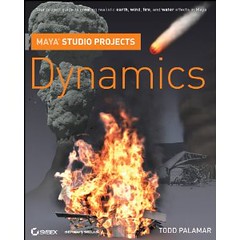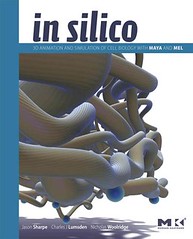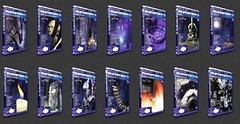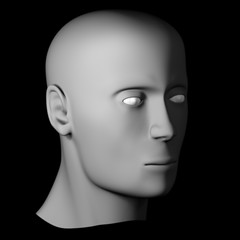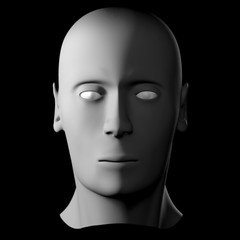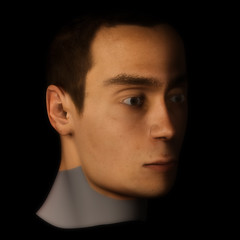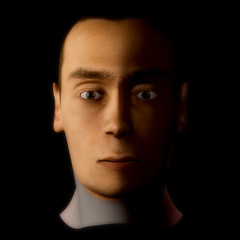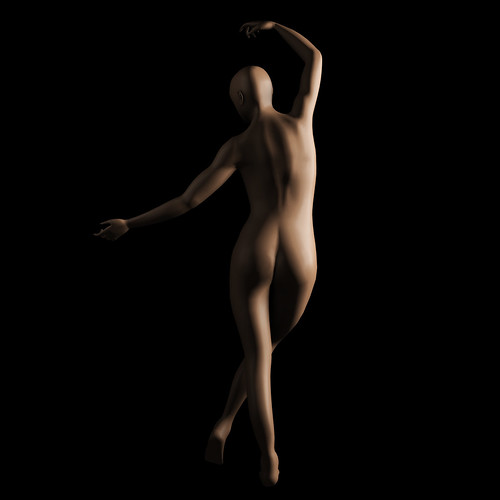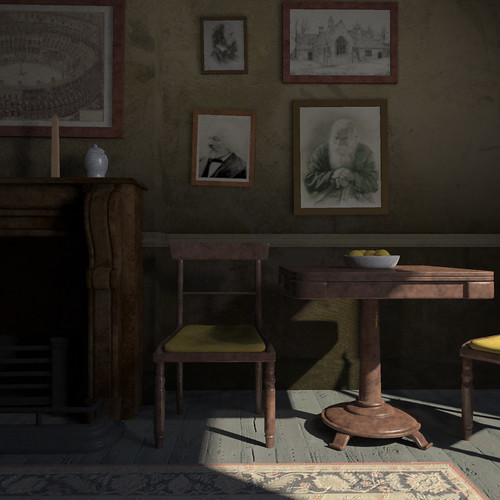As part of the module titled Research Skills & Methods, I was required to write a contextual review. Using 5 keywords, I was tasked with sourcing relevant information, and subjecting it to critical analysis, within a 600-800 word limit. My completed assignment is shown below;
Title
The aim of my research is to explore the collaboration between art, science and technology (3D computer graphics and animation) in the field of visualisation.
Keywords
3D, Computer, Graphics, Animation, Visualisation
Contextual Review
The idea of artists and scientists working together to achieve a common goal is not a new one. In fact, it is this collaboration that has not only challenged the way we perceive complex technical ideas, but also pushed existing concepts forwards.
Cox (2008) introduces us to the idea of the "interdisciplinary ‘Renaissance team’” – which brings art, science and technology together, and directs research towards solving complex problems. By embracing this cross-disciplinary approach, we are granted the best of both worlds – the technical knowledge and understanding of the scientist’s mind, combined with the creative skills and abilities of today’s artists. Add to this, modern technology (such as 3D computer graphics and animation), and we open the way to research which is truly innovative and inspiring, and as Cox confirms, allows these ‘Renaissance teams’ to “make significant contributions to new visual research”.
Sandin et al (2006) also discuss the idea of creating a ‘Renaissance team’, re-emphasising its importance in bringing together the best artists and scientists and creating work that is “both beautiful and of great communication value for the scientists”. An important point is raised however, explaining that to be worthwhile, individual members should receive merit for their own personal contributions “as measured within their own disciplines”. By mentioning this, Sandin et al are suggesting that these Renaissance teams are not yet fully integrated, and still require merit in each subject area, and not just as a whole.
If we examine the ‘Renaissance team’ and consider each of the individual contributions, the scientist’s work often serves as the foundation for modern visualisation projects.
Scientific research is often quantitative and is responsible for generating a huge amount of information or data (often numerical) which is kept it it’s purest form. Cox tells us that this data is normally gathered and collated by computers, reinforcing the importance of technology, as gathering this amount of data by hand would be a laborious process.
However, this collected data is often incomprehensible to anyone other a specialist in the scientific subject area. The main problem with this approach is that a scientist will typically present information to a varied audience, many of whom may not fully understand the ideas that are being explained.
Despite the apparent difficulties in communicating complex ideas, many scientists continued to work like this. As an example, Cox draws our attention to the work of David Onstad – an entomological researcher, who gathered his data over many years. Cox tells us how Onstad chose not to use computers to help during his research, and did not collaborate with artists (initially anyway) and instead ended up studying his simulations in computer printout form.
This problem of trying to communicate dense technical information provides a unique opportunity for artists to collaborate with scientists.
Sandin et al explain the importance of the artist in providing a solution, as they are more accustomed to organising projects, using experience gained from presenting at exhibitions. They also bring a new level of creativity to any type of research, and as Sandin et al point out, are often known for their abilities in not only creating new media, but also finding “new ways of working with media”.
Artists often find inspiration in the strangest of places, but as Sandin et al illustrate, science is a “great source of imagery”. The artist’s work can then be tailored to creating something new and unique, crossing multiple disciplines, and communicating ideas that previously could not be explained easily.
One point made by Sandin et al which many would disagree with, is that science is better supported than art. With the advent of technology and the ability to create 3D computer graphics, the artist’s role is becoming more important than ever. Especially since Cox’s original idea of the ‘Renaissance team’ included an artist and a computer specialist – two separate roles entirely, but now combined into one.
Cox also touches upon this idea of technology usage, and considers computer graphics as the ‘bridge’ between science and art – the catalyst for exploring new ideas and concepts, and for making the invisible visible.
When discussing the collaboration between art, science and technology there are many minor differences in opinion. However, each article shares a common view – that the collaboration between art and science, facilitated by rapidly improving technology, has been a positive step, opening doors to new research ideas and methods. This multi-disciplinary approach has changed the way scientists and artists work for the better.
To summarise, Cox makes an interesting final observation;
“Supercomputers, graphics and creative human beings have the power to bring about visual enlightenment with regard to too much in this universe that was formerly abstruse mathematics.”
[Word count: 774]
References
Cox, Donna J. (2008). Using the Supercomputer to Visualize Higher Dimensions: An Artist’s Contribution to Scientific Visualization. Leonardo 41(4), 391-400. Retrieved October 8, 2010, from Project MUSE database.
Sandin, Daniel J. et al (2006). The Artist and the Scientific Research Environment. Leonardo 39(3), 219-221. Retrieved October 8, 2010, from Project MUSE database.

